The Truth About Red Pill
This is one of my newsletters from earlier this year! Sign up from the banner link above.
——
Hey Friends,
Today, we’re breaking down The Truth About Red Pill - what it is, what it promises, and where it falls short.
You might be wondering, “Johnny, how does Red Pill have anything to do with work culture, let alone sabbaticals?” Fair question.
Follow along, and we’ll unpack how this cultural phenomenon connects to how we work, rest, and live - and why it’s only half the story.
What is the Red Pill?
The concept of the Blue Pill and the Red Pill originates from a scene in the 1999 film The Matrix. As a refresher, the Matrix, in the movie, is an artificially constructed reality that robot handlers have uploaded human beings into. This, of course, limits human freedom and expression, so it's not good. At its debut, the movie was a powerful and novel portrayal of agency and reality. Today, it’s become a meme and somewhat over-popularized. Nonetheless, it’s a great illustration of our dilemma in the modern world.
The protagonist has two options. He can take the Blue Pill, which returns him to a place before he started the Hero’s Journey—a place of innocence where there is no understanding of the world the way it is. It is comfortable, unthinking, and consumerist. He can take the other pill, the Red Pill, and descend deeper into conflict and understand more about the nature of the world, “that mankind is virtually enslaved,” with the possibility of resolution at the end.
“It is the wool pulled over your eyes to blind you from the truth.” “What truth?” “That you are a slave, Neo. You were born into a prison.” -Morpheus.
There’s a reason why this scene was so popular and remains a quintessential idea for young people confronting the confusing realities of modern life. While we aren't slaves in a literal sense, many people feel powerless against greater social and economic forces. Dating, having kids, buying a house, or even finding happiness appear out of reach for millions.
The movie spawned communities hoping to escape these forces or “the Matrix.” Many were disaffected young men, often described as loners, gamers, and even incels. They found refuge in the gym and online forums. Toxic and mean-spirited ideas began circling to challenge the status quo. They found performative and polemic figures like Andrew Tate as their hero. These people would define themselves as Red Pill because they believed they saw how the world “really is.”
A Necessary But Unfinished Perspective.
The Red Pill is the first stage of truth because it questions how things are in the Matrix or in reality. It is a cynical but necessary step in the right direction. And when applied to our lives, it is a helpful thought experiment. How do larger forces—social, economic, and cultural—shape my sense of self and freedom? Should I blindly accept what an authority claims, or is some skepticism warranted? To me, these are worthwhile questions to explore.
But the Red Pill community missed the forest for the trees. They believed the descent into Act 2 in the classical Hero’s Journey was the only necessity. They mistook criticizing 'problems around us' as the solution itself. If left in this stage of the Hero’s Journey, the protagonist becomes a part of the underworld. He does not evolve past rebellion. His only mechanisms are to criticize, form relationships with other rebels, and conjure new conspiracies to fear.
Ultimately, the Truth about the Red Pill is that while it offers utility in rebellion against the system, it's a teenage-like reaction to the issues of modern life. It doesn’t seek to solve or replace existing ways of being. Intentional effort—and not just criticism—must be applied. The hero must apply himself with a measured heart, body, and mind to defeat the "villain" or problems of his time.
